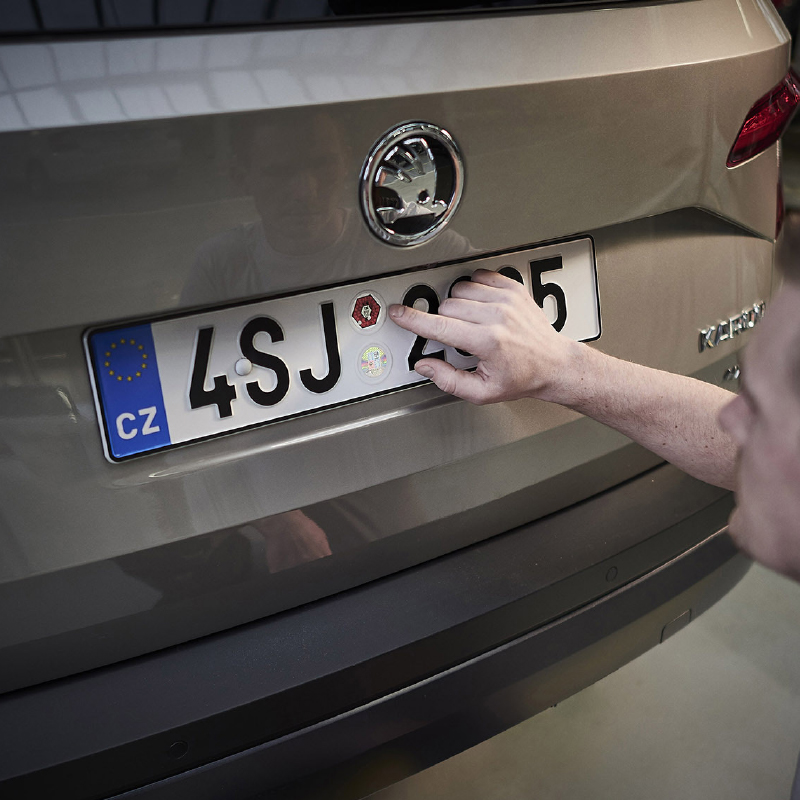The benefits of taking a car in for a regular service are obvious to most people. But what about special check-ups in spring or before winter descends? Is there any point?
With tongue only a little in cheek, cars are like people – the more we look after them, the better. Good care pays off, including spring and autumn check-ups to prepare the car for the most critical periods, i.e. winter and summer. These two seasons have their own specific requirements, and skipping or forgetting about them may lead to problems for both the car and its owner down the line.
What do you believe every car owner should do after winter, besides the seasonal tire swap?
The tires are definitely first on the list. As thrifty drivers, we tend to think that, if our winter tires are old, we might as well keep them on in the summer and then get new ones next winter. That is certainly not advisable, and there are three reasons why not: micro-particles flying off the winter tires (not designed for higher temperatures) pollute the air. The tires behave differently in emergency manoeuvres, because they kind of “drift”. Ultimately, they have a longer braking distance. No wonder that in Italy, say, you can end up paying a high fine for using winter tires in summer. The next thing to do is to check (or change) all operating fluids, such as the washer fluid and brake fluid. Another useful thing is to check the condition of the battery, because high summer temperatures do it much more harm than low temperatures in winter. ÚAMK (czech car club) statistics indicate that the largest number of road assistance services involve flat batteries, running out of fuel, and similar minor problems. Not many people will check their brakes at home, but the brakes may be damaged after winter, and you should therefore take your car for a service and have them checked, along with the wheel suspension, wheel alignment, air conditioning, and so on. Things we can do ourselves include checking the tire pressure and cleaning the whole body and chassis.








































